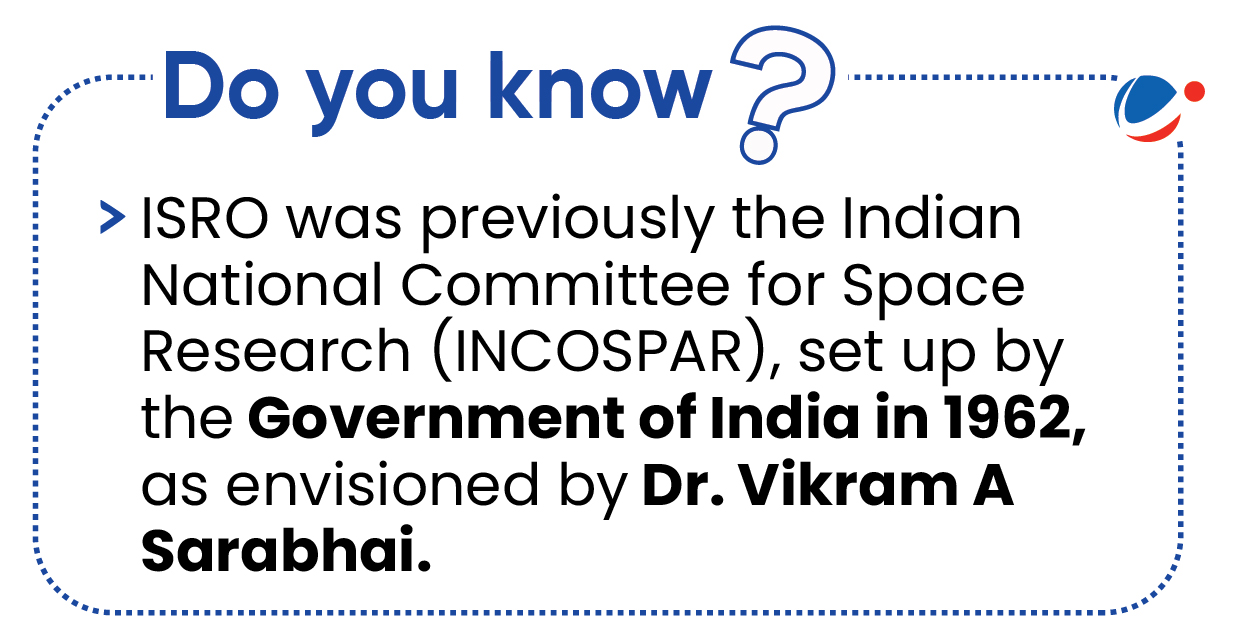Why in the news?
Indian Space Research Organization (ISRO) released the Indian Space Situational Assessment Report (ISSAR) for 2023 compiled by ISRO System for Safe and Sustainable Space Operations Management (IS4OM).
About Space Situational Awareness (SSA)

- Definition: Space situational awareness (SSA) is the knowledge, characterization, and practice of tracking space objects and their operational environment (mainly orbits).
- Space assets operating in outer space are vulnerable to various environmental hazards- natural objects like asteroids, comets, and meteoroids, energy and particle flux, and artificial space objects.
- In order to enable Collision Avoidance Maneuvers (CAM), space operators can use SSA data to forecast object conjunctions and warn them against any potentially hazardous near approaches.
Key Highlights of Indian Space Situational Assessment Report (ISSAR) 2023
- Satellites: Since beginning of Indian space era, 127 Indian satellites, including those from private operators/academic institutions, have been launched till December 2023.
- Number of operational satellites owned by Government of India is 22 in LEO (Low Earth Orbit) and 29 in GEO (Geo-synchronous Earth Orbit).
- Space Debris: There were five major on-orbit break-up events in 2023, resulting in a net addition of 69 fragmented objects to space debris population by the end of 2023.
- Space Object Proximity Analysis (SOPA): ISRO regularly carries out analyses through IS4OM/ ISTRAC (ISRO Telemetry Tracking and Command Network) to predict close approaches by other space objects to Indian space assets and to undertake Collision Avoidance Manoeuvres (CAMs).
- An increasing trend in CAMs per year is observed, which can be correlated with the growing congestion in outer space.
About Space Debris
- Definition: Space debris is defined as all non-functional, artificial objects, including fragments and elements thereof, in Earth orbit or re-entering into Earth's atmosphere.
- Debris concentration: Maximum debris concentrations can be noted at altitudes of 800-1000 km, and near 1400 km (mainly in Lower Earth Orbits (LEO).
- Origins: Majority of debris objects originate from on-orbit break-ups as well as on-orbit collisions.
- Space debris also originates from defunct satellites, missing equipment, spent rocket stages, and use of space-based weapons.
- Kessler syndrome: It is a phenomenon in which the density of objects in the Low Earth Orbit grows leads to collision, triggering a chain reaction that generates more space debris and further collisions.
Concerns/Risks associated with Space Debris
- Operational risks: Space debris objects can cause harm to operational spacecrafts and satellites.
- Impacts by debris larger than 10 cm are assumed to cause catastrophic break-ups, which completely destroy the spacecraft, thus ending its operation, and generating thousands of debris fragments.
- India had to carry out 23 CAMs to protect Indian space assets.
- Threat to astronauts' lives: Due to rate of speed and volume of debris in Low Earth Orbit, current and future space-based explorations and operations pose a safety risk to astronauts.
- Risk to ground population: Large space debris objects that reenter the atmosphere in an uncontrolled way can survive reentry to reach Earth's surface, creating risk to the population on ground.
- Limited natural resource: Orbits are a limited natural resource and space debris threatens the economically vital orbits, potentially making them unusable in future.
Initiatives for mitigating Space Debris
Global initiatives and international partnerships
- Inter-Agency Debris Coordination Committee (IADC): Established in 1993, it is an international governmental forum for the worldwide coordination of activities related to man-made and natural debris in space.
- UN Space Debris Mitigation Guidelines: Prepared by UN Committee on the Peaceful Uses of Outer Space (UN-COPUOS) and endorsed by UN General Assembly in 2007.
- Zero Debris Charter: Signed by 12 countries - Austria, Belgium, Cyprus, Estonia, Germany, Lithuania, Poland, Portugal, Romania, Slovakia, Sweden and United Kingdom.
- It contains high-level guiding principles and ambitious, jointly defined targets to become debris neutral by 2030.
Indian initiatives
- Debris Free Space Missions (DFSM) 2030: This initiative aims to achieve debris-free space missions by all Indian space actors, governmental and non-governmental by 2030.
- ISRO System for Safe and Sustainable Operations Management (IS4OM): Operational since 2022 to safeguard ISRO's space assets and to improve compliance with internationally recognized guidelines on the Long-Term Sustainability (LTS) of outer space activities.
- Space Situational Awareness Control Centre (SSACC): Established in Bengaluru, it assimilates the tracking data of inactive satellites, generates useful information and enable research activities pertaining to active debris removal, space debris modelling and mitigation.
- Project Network for Space Object Tracking and Analysis (NETRA): Under it, ISRO has taken up the establishment of Space Surveillance and Tracking network with radars and optical telescopes.
Way Forward
- Minimize generation: Avoid debris generation during operational life of satellites and launch vehicles through regulatory action or international agreements.
- Guarantee successful disposal: Ensure the safe disposal of space objects through atmospheric reentry or re-orbiting to a safe altitude.
- Avoid internal break-ups: Satellite health monitoring must be improved, and robust passivation techniques implemented to prevent satellites breaking up from within.
- Active Debris Removal (ADR): Harpoons, magnets, lasers, and slingshots are being explored as possible ways to capture space junk and bring it down to LEO.
Related NewsNorms, Guidelines and Procedures (NGP) for Implementation of Indian Space Policy-2023 in respect of Authorization of Space Activities
Key highlights:
|




